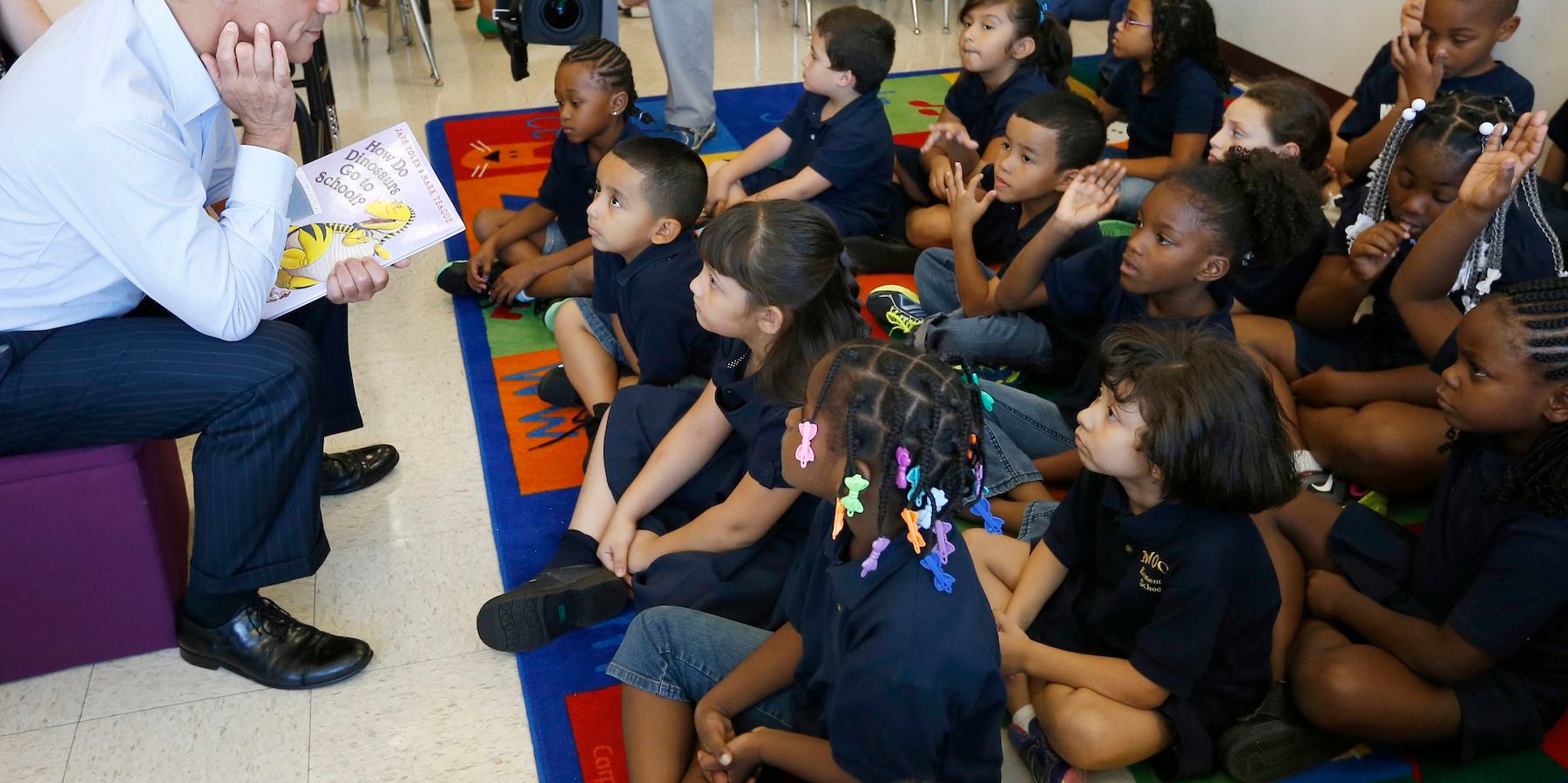Children exposed to other languages are better at understanding other people
A new study (paywall) suggests that children who speak multiple languages are better at understanding other people. And not only those who are fluent, but those that are simply exposed to another language in their daily lives.


A new study (paywall) suggests that children who speak multiple languages are better at understanding other people. And not only those who are fluent, but those that are simply exposed to another language in their daily lives.
Samantha Fan, Zoe Liberman, Boaz Keysar, and Katherine Kinzler, from the University of Chicago, tested this theory by getting an adult to ask bilingual, monolingual and “exposed” children aged four to six to move objects blocked from the adult’s point of view. The children could see a range of differently-sized toy cars, including a small one that the adult couldn’t see.
When the adult said “I see a small car” and asked the child to move it, the bilingual and exposed children moved the medium car—that is, the smallest car that the adult could see—75% of the time. Children without language skills or exposure only did so 50% of the time. The kids who had been exposed to other languages were able to understand a different perspective better, the research suggests.
“Early language exposure is essential to developing a formal language system, but may not be sufficient for communicating effectively,” the researchers said. “To understand a speaker’s intention, one must take the speaker’s perspective. Multilingual exposure may promote effective communication by enhancing perspective taking.”
They also noted what they call the exposure advantage, which is the fact that kids who couldn’t speak other languages but were exposed to them performed as well as the kids who were bilingual. “Thus, the communicative advantages demonstrated by the bilinguals may be social in origin,” they said. “For millennia, multilingual exposure has been the norm. Our study shows that such an environment may facilitate the development of perspective-taking tools that are critical for effective communication.”
This study is just the latest to suggest that speakers of multiple languages have advantages in work and in life.